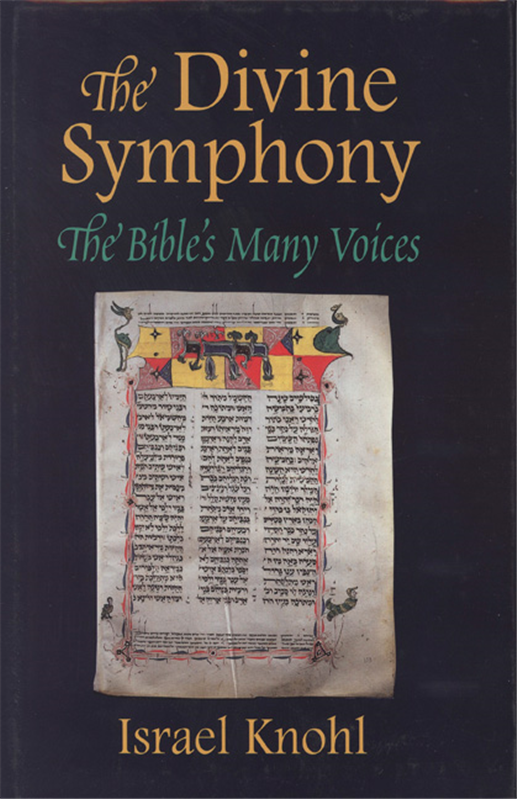Description
In this fascinating book, Knohl shares his understanding of how the Torah was edited into its final form. He bridges the gap between ancient Israel (c.1400-586 B.C.E.) and Second Temple times (c.536 B.C.E.-70 C.E.) by showing the continuity between these eras and the gradual evolution of the biblical worldview, which formed the foundation of later rabbinic Judaism. The book focuses on the editing of the Torah, interpreting the textual evidence, most notably contradictions and redundancies, to show that the idea of a pluralistic understanding of Revelation can be traced back to the editing of the Torah itself. Knohl’s interpretation of biblical composition challenges a popular trend in contemporary biblical scholarship: the idea that ancient Israel never existed as a historical reality, but was invented and “retrojected” back in time by later Israelite priests as part of their national myth.
Reviews
“This book is to be praised as an invigorating celebration of the different voices of the biblical tradition.”
Interpretation: A Journal of Bible and Theology
“Through judicious use of critical scholarship and Jewish exegetical traditions, [Knohl] explores and even celebrates diversity of opinion on core issues. . . . Well worth reading.”
Religious Studies Review
“There is much to like about this short work. . . . provocative and worthy of consideration.”
Theological Studies
